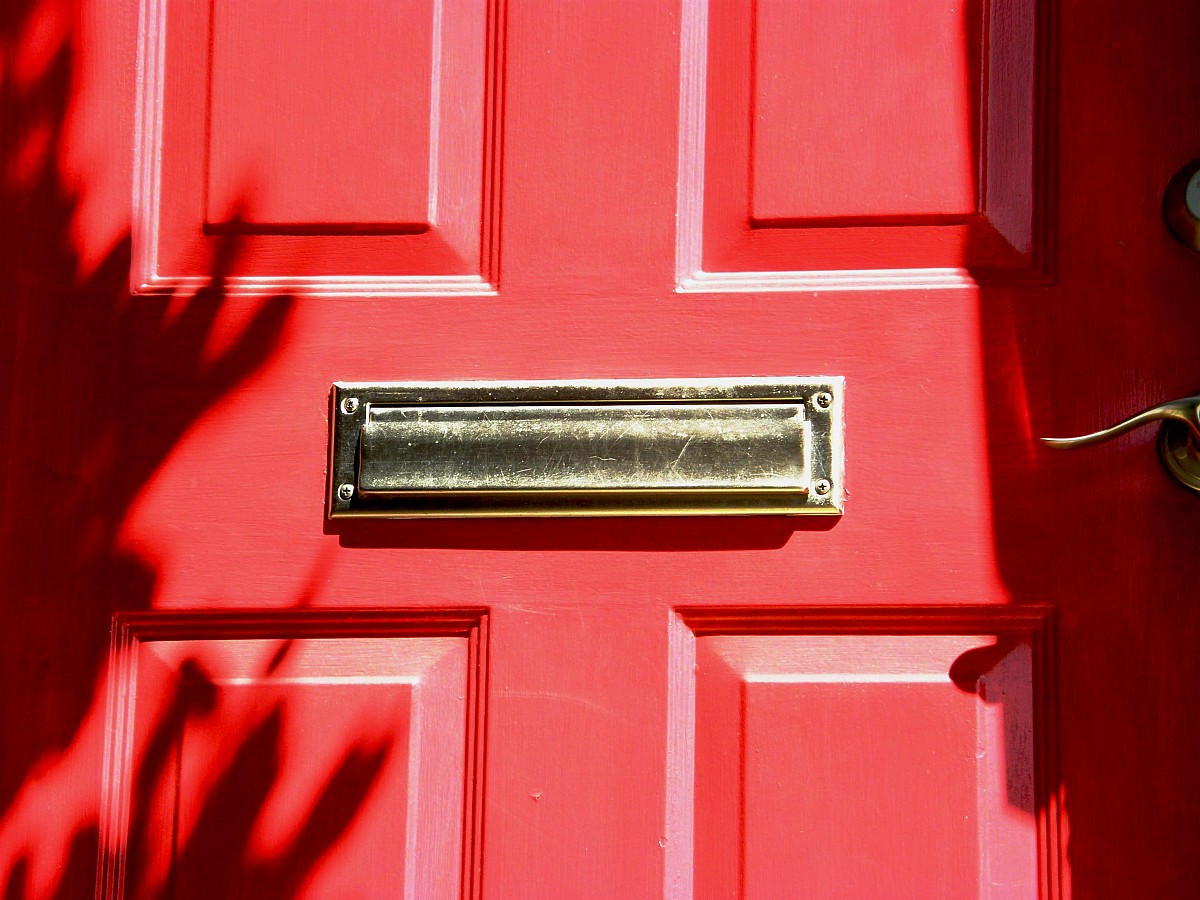Types of Doors: Your Guide to Materials and Styles
Doors play an often underappreciated role in the home, whether they connect its interior to the great outdoors or simply lead from one room to another. Properly chosen, though, doors add good looks and security. The right entry door can even save a substantial amount of energy. But how to decide among all the different types of doors available? There are so many materials and styles. For a little help, check out this guide to common types of doors.
Materials
Wood
Wood is the classic choice for its natural beauty. Wood doors also offer the best wear-and-tear resistance of any material. They can be stained or painted. When used for entry doors, wood is high maintenance, though, and should be refinished annually or at least biannually.
Solid wood is also pricey. For a less expensive alternative, you might select solid-core wood -- a hardwood or wood fiber backer coated with plywood or laminate. However, this is more vulnerable to moisture and fading.
Steel
Steel is used almost exclusively for exterior doors, where it has cornered 50 percent of the market today. Inexpensive compared to wood and fiberglass, steel door installation generally provides an excellent return on investment when you sell your home. Some steel doors can be treated with a faux wood stain.
Many steel doors are not actually solid metal, but rather two steel “skins” sandwiching an insulating foam core. As a result, while energy-efficient, they tend to be susceptible to denting, scratching, and rust, particularly with thinner steel (24-gauge and above).
Fiberglass
Gaining rapidly in popularity, fiberglass is a practical material for an entry door. Fiberglass is the most energy-efficient of all types of doors; because it is non-conductive of heat and cold, its R-value can be four to five times that of wood. Other advantages are dent resistance, light weight, and low maintenance (refinishing is required only every 3-5 years). Fiberglass doors' one disadvantage is their relatively high price.
Engineered wood
Engineered wood is commonly used for interior doors, which are manufactured of medium-density fiberboard (MDF) and stamped hardboard (Masonite). Of the two, MDF is the better quality material, durable and resistant to warping. These doors are easy to paint because they don’t have the grain of real wood.
Glass
When glass is utilized in exterior doors -- whether to add small windows (“lites”) or large panels -- it’s important to use gas-filled thermal glass panes, for their insulation value.
Styles
Flush
Solid, flat and unadorned, flush doors are the least expensive style, particularly if they are hollow core. Their flat surface makes them easy to paint or stain. Typically used for interiors.
Panel
Panel doors include 4-8 embossed panels surrounded by decorative molding. One or more of the panels may be made of glass, for good looks and additional light. For interior and exterior doors.
French
French doors are made of a frame surrounding window panels. Elegant and traditional, these doors are often found in pairs at the entrance to a formal public space in the home, such as a living or dining room. They may also lead outdoors, to a deck or other landscape feature.
Single or double pocket doors slide into the wall when opened, moving along rollers which hang on an overhead track. Hire a pro to retrofit these space-saving interior doors in your home. IMPORTANT: The wall must not contain plumbing pipes or electrical wiring.
Barn
Barn (or barn-style) sliding doors are a trendy design feature, often used to add drama to a master bedroom. They may be made of rough-hewn reclaimed wood or smoother, more sophisticated material.
Patio
Patio doors (sliders) comprise two or three large panels, mounted in a frame that slides open and shut. These doors provide plenty of light, and highlight an attractive outdoor view.
Louvered
Louvered doors contain diagonal slats, to allow ventilation even when they are closed. Perfect for storage areas, laundry rooms, or small bathrooms.
Bifold
Bifold doors consist of narrow panels, hinged together to fold up like an accordion when the door is opened. These space savers need only half as much clearance as standard swinging doors. For closets, pantries, or laundry nooks.
Laura Firszt writes for networx.com.
Related Articles
Looking for a Pro? Call us (866) 441-6648

Related Experiences

The Stamped Concrete Patio I’ve Been Waiting For

Deck Repair On A Deadline




